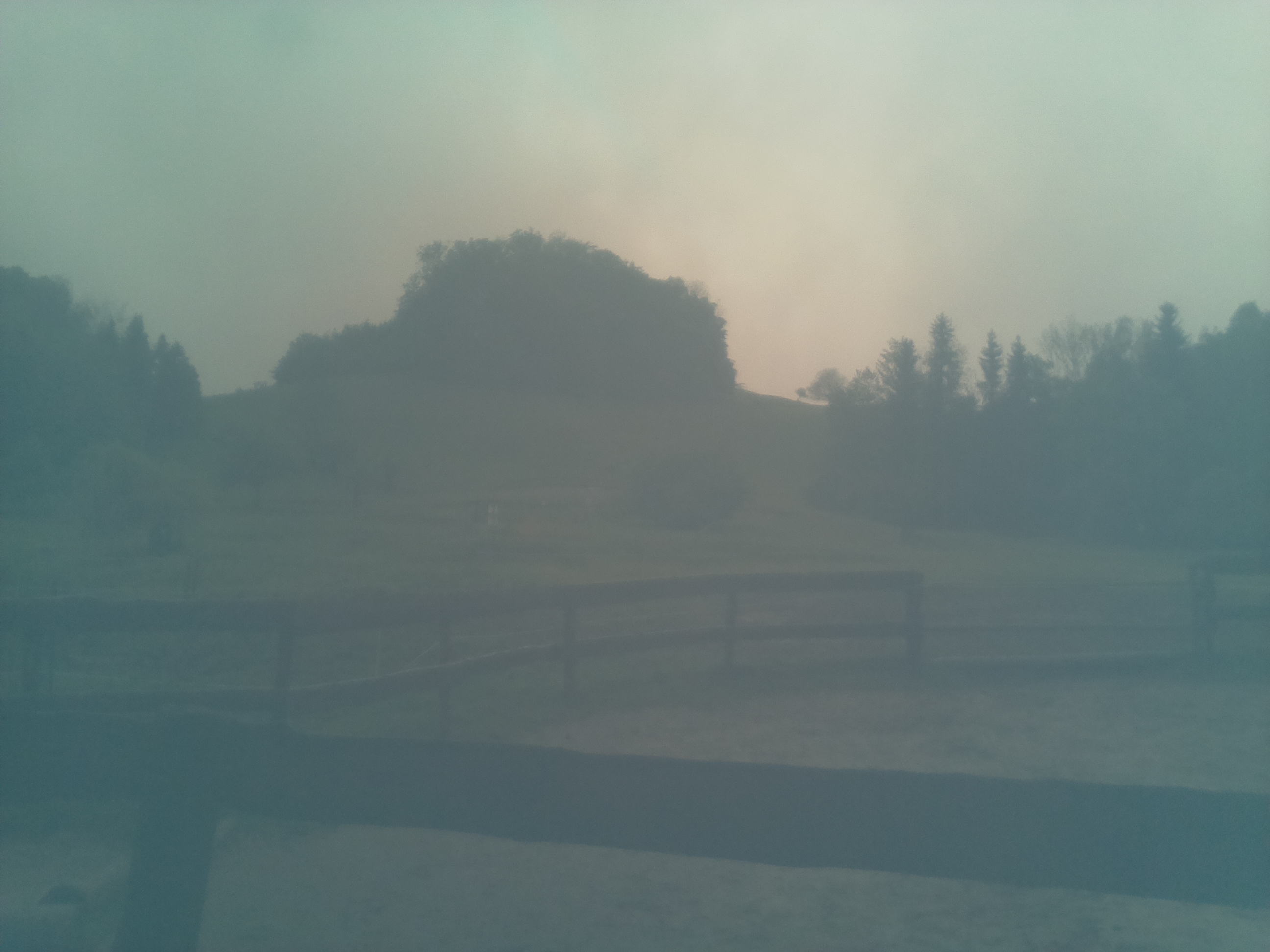Landslides (translational and rotational slides, debris flows, rock avalanches, rock falls, etc.) rank among the most common natural hazards in Lower Austria. As these processes often inherit sporadic phases of activity, it is essential to generate specific long-term measurement series, enabling the analysis of surface and sub-surface dynamics in connection with potential triggering factors. Therefore, in 2014 the Project “NoeSLIDE – Monitoring diverse types of landslides in Lower Austria” was initiated. The original project ran until 2017, with follow-up funding by future projects.
Project description
- multiple sites for various types of landslide processes: Hofermühle (complex earth slide - earth flow), Gresten (Salcher landslide), Brandstatt (deep seated landslide), Ofenloch (rockfall)
- “classic” methodologies: inclinometer, piezometer, TDR probes, weather station, total station, GNSS
- novel, innovative applications in continuous monitoring:
- automatic measurements: terrestrial laser scanning, ERT and wireless sensor network
- regular monitoring via unmanned aerial vehicle (UAV)
- selected data is available in real time (permanent power and broadband internet connection)
- automatization of data management and data visualisation (Hofermühle/ Am Salcher/ Brandstatt)
- calculation of thresholds for early warning systems
Research Aims
- implementation of long-term monitoring systems (10+ years) for continuous observation of gravitational mass movements
- testing of novel and innovative methods on multiple locations
- data availability in a WebGIS application for simple online analyses for authorized users
(Aspired) results
- continuous information about landslides and related controlling and triggering factors
- estimation of potential risk for population and infrastructure
- integrative approach by including the municipalities
- evaluation of novel monitoring methods for landslides
- cooperation between university – state – municipality
- web based availability of local data (e.g. weather stations)
- WebGIS as technical support for decision makers
- potential of implementation as an early warning system



